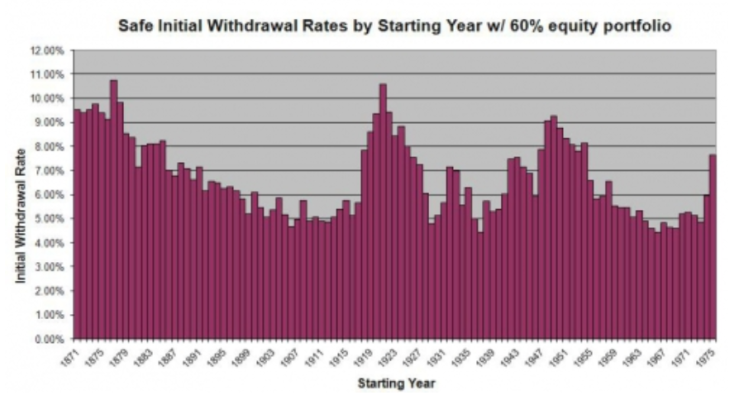retiresumtime
Dryer sheet aficionado
- Joined
- Jan 7, 2018
- Messages
- 28
Ok all, I see people withdraw 1.5 to 2 up to 4% withdraw rate.
My question has anyone been pulling more than 5 % and if you have been pulling that much, how long have you done that, have you seen a large change in portfolio?
My question has anyone been pulling more than 5 % and if you have been pulling that much, how long have you done that, have you seen a large change in portfolio?

